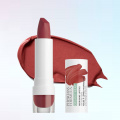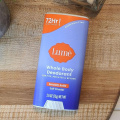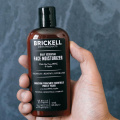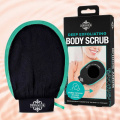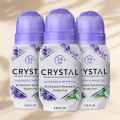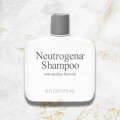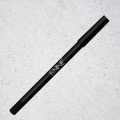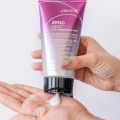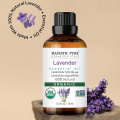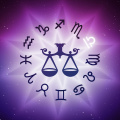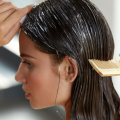How Long Does Sunburn Last? Understanding Duration, Symptoms, And Treatment
Wondering how long does sunburn last? We delve into the details as well as what you can do to manage the situation and heal faster. Read on.
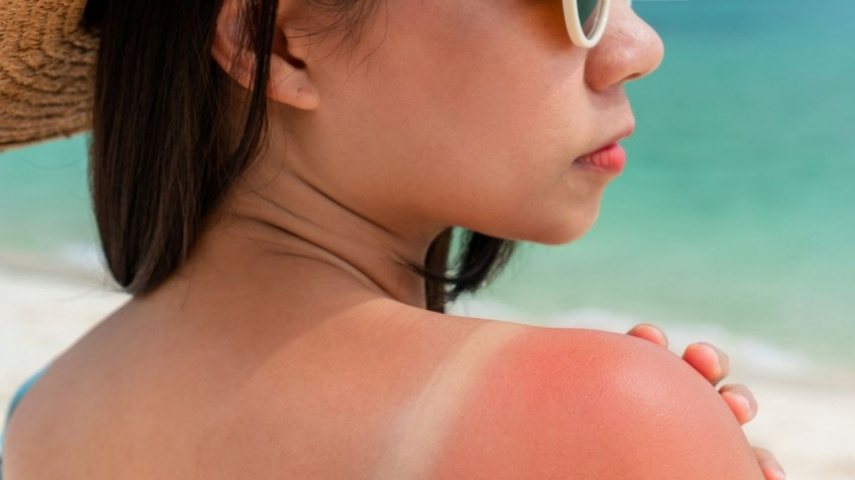
So, you know that feeling when you've spent a bit too much time soaking up the sun, and suddenly you're left with that uncomfortable redness and tenderness on your skin? Yep, that's sunburn! But here's the burning question (pun intended): How long does sunburn last? Well, stick around because we're diving deep into the timeline of sunburn in this article.
From understanding its duration to finding practical ways to ease the discomfort and speed up the healing process, we've got you covered! So, read on to find what we have gathered on sunburn duration, the various types of it, and simple ways for you to recover from it quickly and easily.
So, What Exactly Is a Sunburn?

Sunburn happens when your skin gets hit with too much UV radiation from the sun or other artificial sources like tanning beds. UV radiation damages the DNA in skin cells, triggering an inflammatory response as the body's defense mechanism kicks into action. This response leads to the characteristic redness, pain, and swelling associated with sunburn. Essentially, sunburn — the visible redness and inflammation — is your skin's way of telling you it's been overexposed to direct sunlight (1).
What’s interesting is that light-skinned people are more susceptible to getting sunburnt than dark-skinned individuals, as it takes more UV radiation (more specifically, UVB) to affect skin that’s rich in eumelanin (the pigment that gives color to the skin). Nonetheless, no skin is immune to sunburn, and repeated sunburns may increase the risk of skin damage and skin cancer over time (2).
Before we delve into how long each episode of sunburn can last, let’s understand the different types or rather, degrees of sunburns to get an idea of how long the effect may last in each case.
Understanding the Different Degrees of Sunburn

Not all sunburns are the same. Depending on factors like exposure duration, intensity of UV rays, and skin sensitivity, sunburn can range from mild to severe (3). Here’s a more detailed look at the different types or degrees of sunburn:
- First-degree Sunburn: This is the mildest form of sunburn, characterized by redness, tenderness, and minor discomfort. First-degree burns typically affect the outer layer of the skin (epidermis) and usually resolve within a few days with proper care.
- Second-degree Sunburn: More severe than first-degree sunburn, second-degree sunburn involves deeper layers of the skin, causing intense redness, pain, swelling, and blistering. This is a moderate form of sunburn that usually takes longer to heal and may lead to complications such as infection if not treated promptly and properly.
- Third-degree Sunburn: The most severe form of sunburn, third-degree burns affect all layers of the skin and may result in blistering, peeling, and tissue damage across a wide area. It requires immediate medical attention as it can increase the risk of infection, dehydration, and other complications.
Recognizing the degree of sunburn is crucial for determining the appropriate course of action and setting realistic expectations about how long each type may take to heal.
How Long Does It Take for a Sunburn to Heal: Understanding Sunburn Duration

Sunburn healing time can depend on a variety of factors, most importantly how severe your sunburn is and your skin type. According to The National Institute for Occupational Safety and Health, sunburn follows a distinct timeline of symptoms and the process can be roughly divided into three main stages (4):
- Immediate Reaction: Within hours of sun exposure, the skin may become red, warm, and tender. This immediate reaction signifies the body's inflammatory response to UV damage.
- Peak Inflammation: Over the next day or so, symptoms intensify, reaching their peak around 24 to 36 hours after exposure, leading to heightened redness, swelling, and discomfort. In severe cases, blistering may occur.
- Healing Phase: Over the following days, the skin begins to repair itself as damaged cells are shed and replaced. While the initial redness and discomfort may start to subside within 3 to 5 days, the pain, in some cases, tends to exacerbate, peaking between 6 to 48 hours post-sun exposure. Gradually, the redness and pain fade as the sunburn heals. For some, peeling — beginning between 3 to 8 days post-sun exposure— may occur as the skin regenerates.
Overall, mild sunburns may resolve within 1-2 days, while more severe cases can last up to a week or longer.
Most Common Symptoms of Sunburn
In addition to redness and pain, sunburn may present with other symptoms, including (1):
- Swelling and tenderness
- Blisters in severe cases
- Itching and peeling during the healing phase
- Fatigue and headache
- Nausea, in severe cases
Mild cases may respond well to home remedies and over-the-counter treatments, while severe sunburns may require medical treatment to prevent complications and promote healing. Regardless of the degree, it is essential to avoid further sun exposure and protect the skin to prevent future sunburns and minimize the risk of long-term skin damage.
How to Manage a Sunburn?

While prevention is the best approach to sunburns, timely management can help alleviate symptoms and promote healing. Here are some strategies for managing a sunburn:
- Avoid Further Sun Exposure: Protect the sunburned skin from further UV exposure by staying indoors or wearing protective clothing and sunscreen. Sun-protective clothing can help you stay protected from sunburns.
- Cool Compresses: One of the first things you can do in case of a sunburn is to apply cool, damp cloths or take cool baths to soothe the skin and reduce inflammation. Colloidal oatmeal can help with the burning sensation as well.
- Hydration: Drinking plenty of water can help hydrate the skin from the inside out and promote healing.
- Moisturizers: You can apply aloe vera gel or 1% hydrocortisone cream to help alleviate dryness and discomfort in mild to moderately sunburnt areas. Calamine lotion is commonly used for relief as well, especially to combat itchiness during the peeling stage.
- Pain Relief: You can take over-the-counter pain relievers like ibuprofen or acetaminophen to manage the pain and inflammation associated with sunburn. However, it is recommended to avoid corticosteroids (topical or oral) as they are not proven to help with sunburns.
- Blister Management: For blisters, wash with soap and water. If they have burst, wrap them with a damp gauge. It is recommended that you don’t pop any blisters.
When to Seek Medical Attention?
While most mild cases of sunburn can be managed at home, severe sunburns require medical attention to avoid complications. Seek medical help if you experience:
- Severe pain or blistering
- Fever and chills
- Signs of infection such as pus or increasing redness
- Dizziness or nausea
How to Prevent Sunburn?

Sunburns are no fun, but with a little know-how and effort, you can keep your skin happy and healthy under the sun. Here are some tips to follow:
- Slather on sunscreen generously! Choose one with SPF 30 or higher and reapply every two hours to protect yourself from sun damage.
- Seek shade during peak sun hours, usually between 10 AM and 4 PM.
- Always go outdoors with sun protection gear like hats, sunglasses, and light-colored, breathable clothing.
- Stay hydrated by drinking enough water throughout the day.
- Wear sunglasses, and wide-brimmed hats and take extra precautions while near reflective surfaces like water, sand, and snow, as these can bounce sun rays back at you.
Conclusion
The answer to how long sunburn lasts depends ultimately on the duration of sun exposure and the severity of the sunburn, and the time it will take to heal can be anywhere between 2-3 days and weeks. Irrespective of how long it lasts, sunburns are not just painful and uncomfortable, but can also increase the risk of skin cancers. While mild cases of sunburn last a few days before healing with at-home care, moderate to severe sunburns can take several weeks to heal completely. By understanding the duration of sunburn and adopting practical strategies for relief and healing, you can minimize its impact on your skin health. However, it’s best to bank on the cliche — prevention is better than cure! Remember to practice sun safety measures, including wearing sunscreen and protective clothing, to prevent sunburn and enjoy the sun responsibly. After all, we want to be sun-kissed, not burnt!
ALSO READ: Homemade Sunscreen: Facts Behind the Budget-friendly Skin Saviour





 JOIN OUR WHATSAPP CHANNEL
JOIN OUR WHATSAPP CHANNEL




































